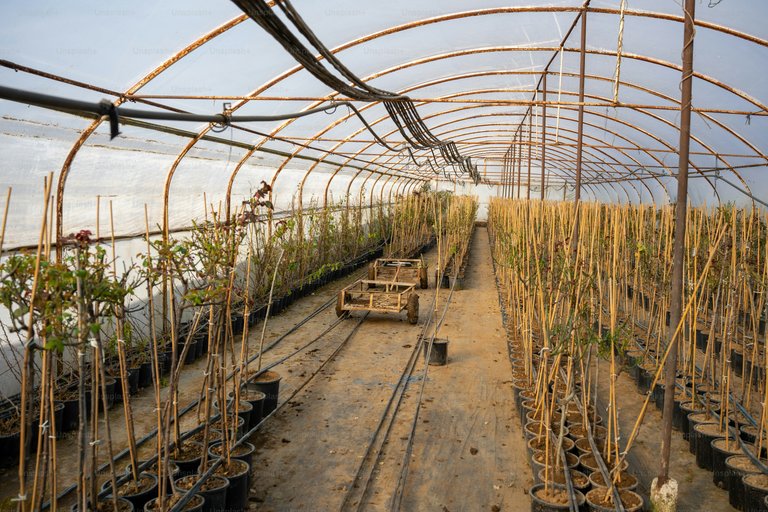
As a farmer, it is common to grow different crops in one piece of land at different times or in different seasons. This practice has been in place for many centuries and it has numerous advantages both to the soil and the production efficiency of a farm. Crop rotation is essential to sustainable agriculture since it assists in disease and pest control, improves soil conditions, and more.
1. What are the main benefits of practicing crop rotation on a farm?
Out of the numerous advantages of crop rotation, the one that most stands out is the conservation and enhancement of the soil quality. Plants require various nutrients and by rotating crops, soil is not stripped off the same nutrients again and again. In this way, beans, and peas in the direction of next-crop corn or wheat replenishing nitrogen for the most nitrogen-hungry crops.
Another benefit is enhance yield and quality of crops. Generally, crops grown in healthy soils, which have been enhanced through crop rotation, tend to be more vigorous and disease resistant. Also crop rotation helps to break the cycle of pests and diseases that are common in certain crops. Farmers interrupt the lifecycle of pests by planting different crops in the same field at regular intervals, hence eliminating the chances of pests’ infestation every growing season.

2. How does crop rotation help in reducing soil erosion and improving soil health?
Crop rotation is also quite effective in controlling soil loss. Some plants such as grass plants or cover plants come with deep, fibrous roots that help hold the soil in place and lessen chances of erosion. Farmers can also crop these loses with crops that are more suitable for anchoring the soil, especially those on slope or erosion prone areas.
Switching of crops has the additional effect of revitalizing the soil. As crops are rotated, residues from the previous cultures where formed root systems are left in the soil and decomposed enriching the soil with organisms. This improves the ability of the soil to retain moisture, its biological processes and activities as well as its general conditions suits crops.

3. What are some common crop rotation patterns used by farmers, and why are they effective?
Farmers use various crop rotation patterns depending on their region, soil type, and crop needs. A common rotation pattern is the “two-year” or “three-year” cycle, where different groups of crops are planted each year. For example, a farmer might plant corn in the first year, beans or another legume in the second, and a small grain like wheat in the third.
Farmers adopt several crop rotation patterns on the basis of region, the kind of soil been utilized and the crops under cultivation. Cropping families follow many familiar patterns such as the ‘two year’ or ‘three year’ cycle in which crops belonging to different groups are planted every year. For instance, in the first season a farmer may opt to plant corn; then for the second season they may decide to grow beans or any other leguminous crop and a third small grain like wheat in the third season.
Other patterns include alternating between deep-rooted and shallow-rooted crops or rotating crops based on nutrient requirements, for instance, heavy-feeders such as corn and targeting feeding groups (for example, legumes). Such patterns are efficient as they limit the resource utilization and resource depletion hence being effective in long term soil conservation.

4. How can crop rotation help in managing pests and diseases in agricultural fields?
Crop rotation is very good at controlling pests and disease. Most of the pests and diseases are plant specific. If the same crop is continuously grown, these pests’ food sources will be permanent and the numbers will increase. Changing crops in intervals breaks this chain whereby such pests and diseases are starved of their plants.
For instance, in case a farmer plants tomatoes during one season, there should not be any tomatoes grown in the next season – perhaps wheat or barley – which could most likely help cut the amount of soil-borne diseases and perhaps creatures such as nematodes. Gradually, this will help to minimize the applications of farming chemicals which are harmful to the environment.

Conclusion
To sum up, crop rotation is an important helicopter suit that has additional opportunities for increasing productivity. This helps to maintain quality of soil, reduction of soil erosion, scar treatment and prevention of disease infiltration and even enhancement of the final yield. Farming by farmers through practicing crop rotation will enhance the present agriculture system to a more environmentally sustainable and more productive agriculture system.
